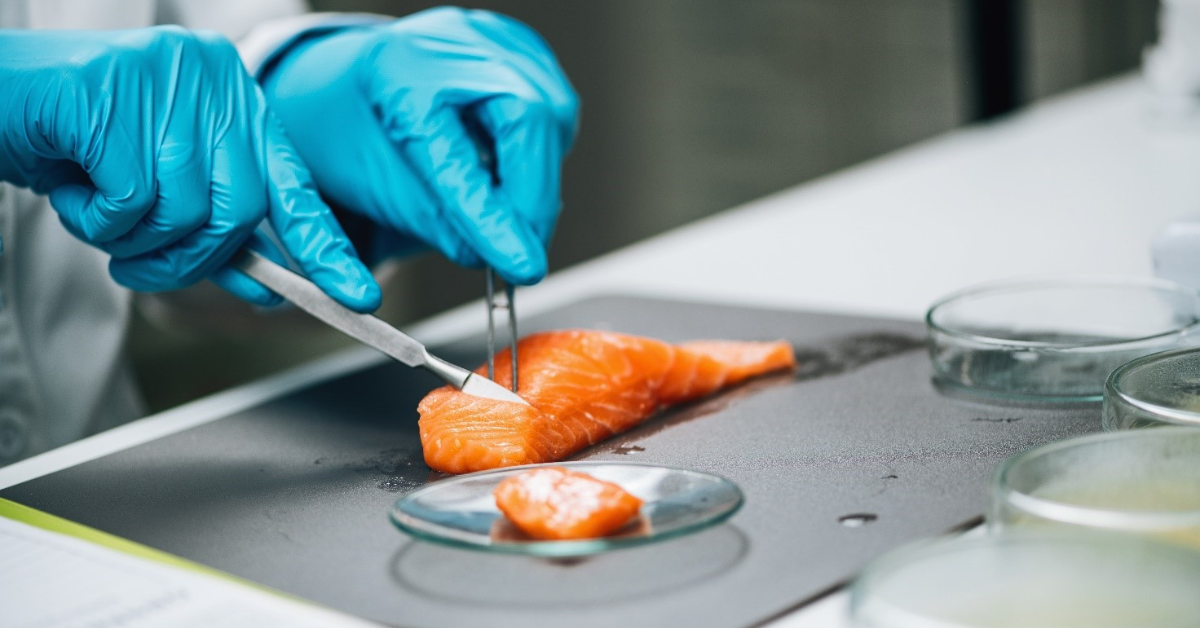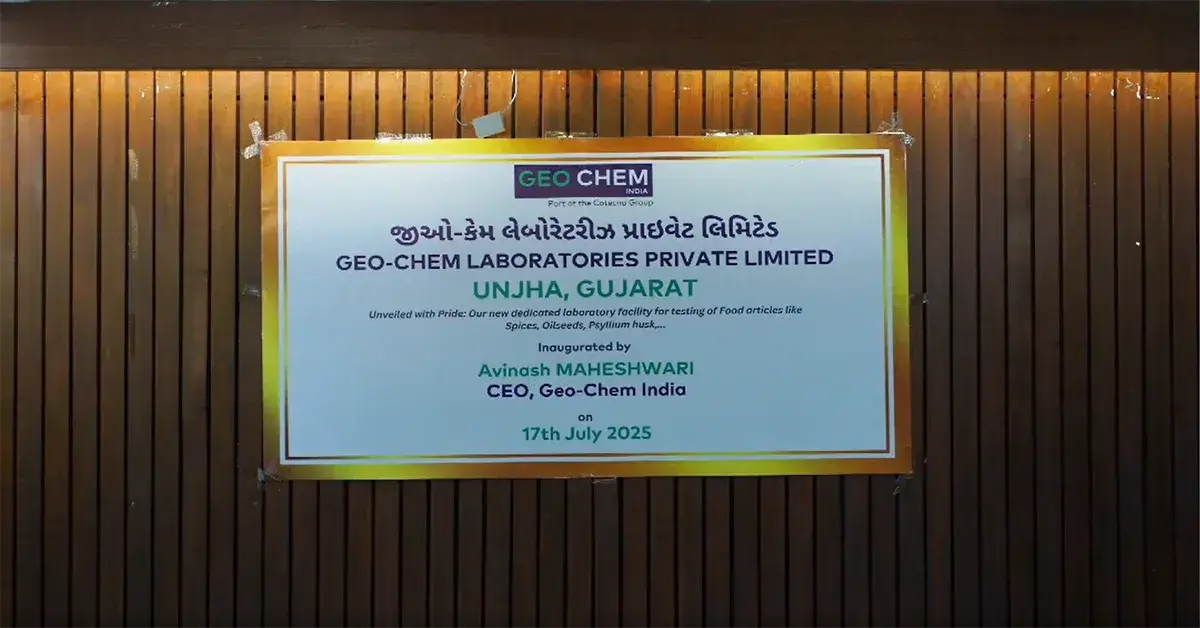Fish and Fishery Product Testing Requirements for EIC Compliance

Fish and Fishery Product testing in India is regulated by the Export Inspection Council (EIC), which is responsible for ensuring the safety and quality of seafood products exported from the country. The EIC has established comprehensive norms and guidelines for testing seafood to meet both domestic and international standards.
Antibiotics Residue Analysis: Seafood products are tested for Antibiotics Residues to ensure compliance with Maximum Residue Limits (MRLs) set by regulatory authorities in India and importing countries. Residue analysis is conducted using analytical techniques to detect and quantify the presence of Antibiotics.
Microbiological Testing: Seafood products are subjected to Microbiological analysis to detect the presence of harmful pathogens such as Salmonella, Listeria monocytogenes, Vibrio species, E. coli, etc. Microbial contamination can lead to foodborne illnesses and is a critical factor in determining the safety of seafood products.
Heavy Metal and Chemical Contaminant Analysis: Seafood samples undergo chemical analysis to determine the levels of various contaminants such as Heavy Metals (Arsenic, Mercury, Lead, Cadmium, Methyl Mercury), Pesticides, Polychlorinated Biphenyls (PCBs), Dioxins, TVBN, and other chemical residues. These contaminants can accumulate in seafood due to environmental pollution and pose health risks to consumers.
Histamine Testing: Certain seafood products, especially fish like Tuna, Mackerel, and Mahi-Mahi, are prone to Histamine formation if not handled and stored properly. Histamine testing is conducted to ensure that the levels of histamine in seafood products comply with regulatory limits to prevent histamine poisoning.
Pesticide Residue Analysis: Seafood products are tested for Pesticide Residues to ensure compliance with Maximum Residue Limits (MRLs) set by regulatory authorities in India and importing countries. Residue analysis is conducted using analytical techniques to detect and quantify the presence of pesticides.
Feed Testing: Marine Feeds are prepared with special attention to ensure the quality of the product. Marine feeds are tested for Antibiotics, Nutritional Characteristics, Minerals, Vitamins, Mycotoxins, Pesticide Residues, Chemical and Biological Contaminants.
The Best Aquaculture Practices (BAP) standard is a third-party certification program that censures seafood is produced responsibly and safely. Shiva Analyticals has the accredited scope for the testing of samples generated during the BAP certification programs as per the Annexure.4 (Table.II & Table.III).
Physical Inspection: Visual inspection of seafood products is carried out to assess factors such as appearance, texture, odor, color, and overall quality. Any abnormalities or deviations from acceptable standards are noted during physical inspection.
Parasitological Examination: Seafood samples are examined for the presence of parasites such as Nematodes, Trematodes, and Cestodes. Parasitic infestation can affect the quality and safety of seafood and may lead to consumer health issues if not detected and controlled.
Packaging and Labeling Compliance: Packaging materials used for seafood products are evaluated to ensure they are suitable for food contact and do not pose any risk of contamination. Additionally, labeling requirements specified by the EIC, including product name, species, country of origin, net weight, storage instructions, and lot identification, must be adhered to. Packing materials are tested for the overall and specific migration of metals and contaminants as per the requirements specified under Food Safety and Standards Authority of India Regulations (FSSR).
Sampling Procedures: The EIC prescribes standardized sampling procedures to ensure representative sampling of seafood products from different lots or batches. Proper sampling techniques are crucial for obtaining accurate test results and maintaining the integrity of the inspection process.
By adhering to these testing procedures and meeting the quality standards established by the Export Inspection Council, seafood exporters can ensure the safety and quality of their products, thereby enhancing consumer confidence and facilitating smooth export transactions in international markets.
Shiva Analyticals, part of the Cotecna Group, has extensive experience in helping clients to comply EIC regulations. Our seafood testing capabilities cover all the major EIC requirements. Our world class laboratories are equipped with sophisticated instruments like LCMSMS, GCHSMS, GCMSMS Triple Quad Purge & Trap, ICP MS, ICP OES, AAS, GC Head Space, GC Dual FID Auto sampler, UV-VIS Spectrophotometer, ATR FTIR, HPLC Coupled ICP MS, HPLC with UV-VIS, RI, DAD, FLD, and VWD detectors.
Our seafood testing scope includes:
|
Antibiotic Residues
Antibacterial Contaminants
Dyes (Triphenylmethane Dyes)
Product Shelf Life Evaluation Packing Material _Food Grade Confirmation |
Mycotoxins
Biological Contaminants
Heavy Metal Contaminants
|
To learn more about seafood testing or for a consultation about Export Inspection Council compliance, please contact us.
Latest News

24.07.2025
Geo-Chem Launches New Food Testing Lab in Unjha, Gujarat, India
Geo-Chem India expanded its scope of work in Gujarat with the launch of a new food testing laboratory.

08.04.2025
Innovation and Precision: How Complex Diagnostics Are Transforming Plant Health in the Field
Harnessing Technology for Smarter, More Sustainable Crop Protection.

